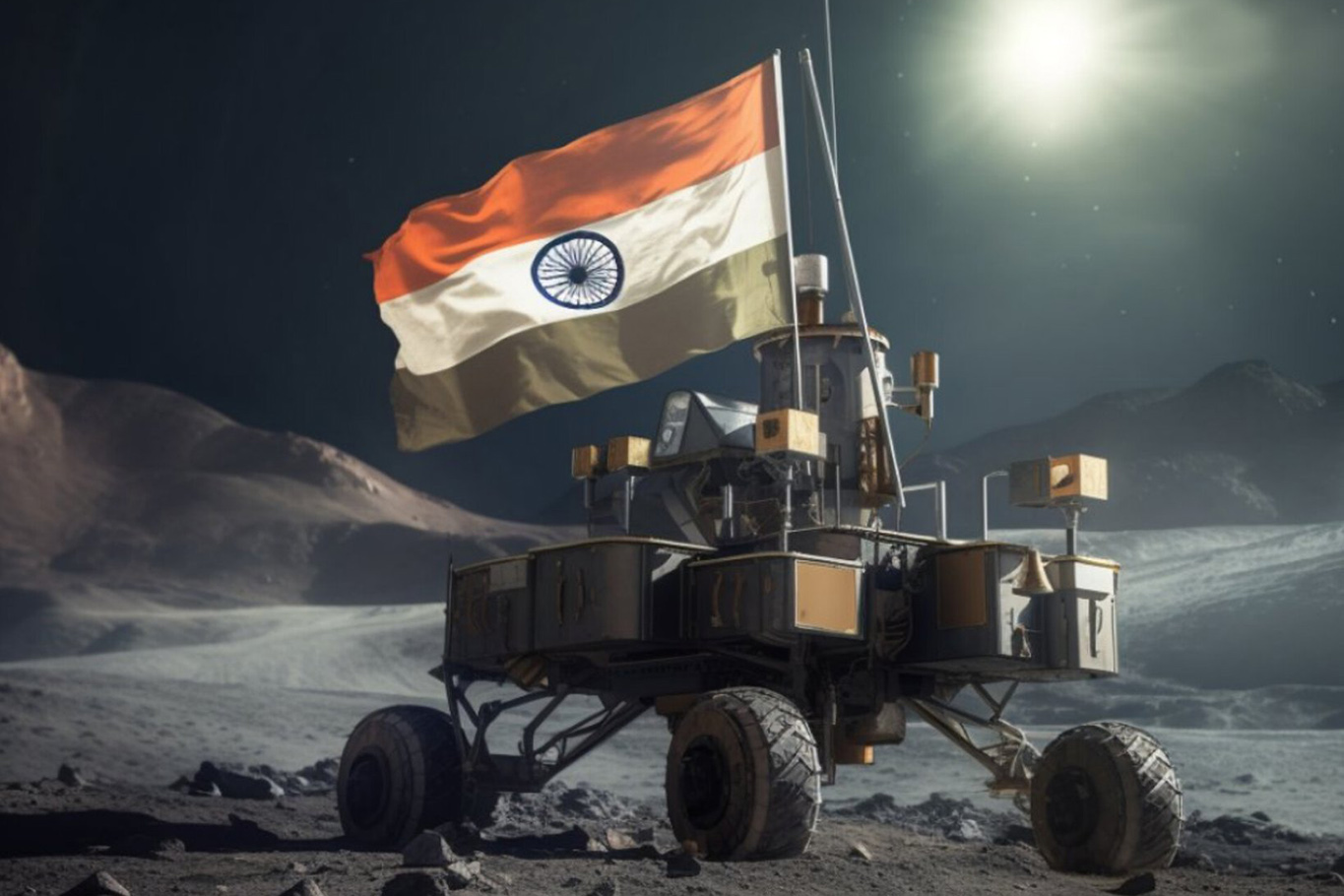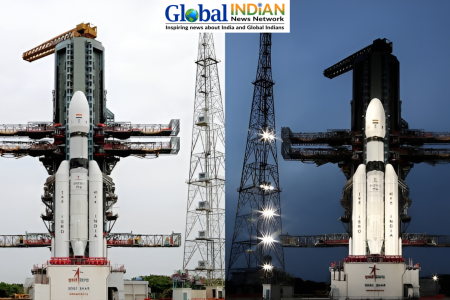 India has achieved a remarkable feat by successfully landing its spacecraft on the Moon, joining an exclusive group of nations. The Vikram lander of Chandrayaan-3 gently touched down on the lunar surface, signifying a monumental milestone in lunar exploration.
India has achieved a remarkable feat by successfully landing its spacecraft on the Moon, joining an exclusive group of nations. The Vikram lander of Chandrayaan-3 gently touched down on the lunar surface, signifying a monumental milestone in lunar exploration.
After the successful landing, India’s rover, Pragyan, is set to conduct experiments over a lunar day, which spans 14 Earth days. This accomplishment underlines India’s steady progress in lunar exploration since Chandrayaan-1’s launch as an orbiter mission in 2008.
Chandrayaan-3’s mission is especially significant at a time when the world’s focus is on the Moon’s enigmatic south pole and its potential. This historic event contributes to the ongoing narrative of humanity’s fascination with Earth’s natural satellite.
To better understand our ongoing interaction with the Moon, let’s briefly traverse history:
1959: The Soviet spacecraft Luna 2 becomes the first to reach the Moon’s surface, initiating the space race between the United States and the Soviet Union.
1961: U.S. President John F. Kennedy proposes a manned lunar program with a commitment to put humans on the Moon by the decade’s close.
1966: The Soviet spacecraft Luna 9 achieves the first soft landing on the Moon.
1968: NASA’s Apollo 8 embarks on the inaugural crewed flight to the Moon, orbiting it ten times before returning.
1969: NASA’s Apollo 11 mission accomplishes the historic feat of landing humans on the Moon, conclusively ending the prolonged space race with the Soviets.
Transitioning to more recent achievements:
2019: China’s Chang’e 4 mission creates a milestone by successfully landing on the Moon’s far side.
2023: India reenters lunar exploration with Chandrayaan-3, achieving an unprecedented milestone as the fourth nation, following the United States, Russia, and China, to execute a successful lunar landing. This achievement also signifies the first lunar landing on the Moon’s south pole.
India’s triumphant lunar landing underscores not only the nation’s capabilities in space exploration but also emphasizes the global curiosity to unveil the Moon’s secrets, particularly within its south pole region. This achievement paves the way for further exploration, propelling advancements in lunar science and promising a future brimming with captivating discoveries beyond our planet’s confines.













